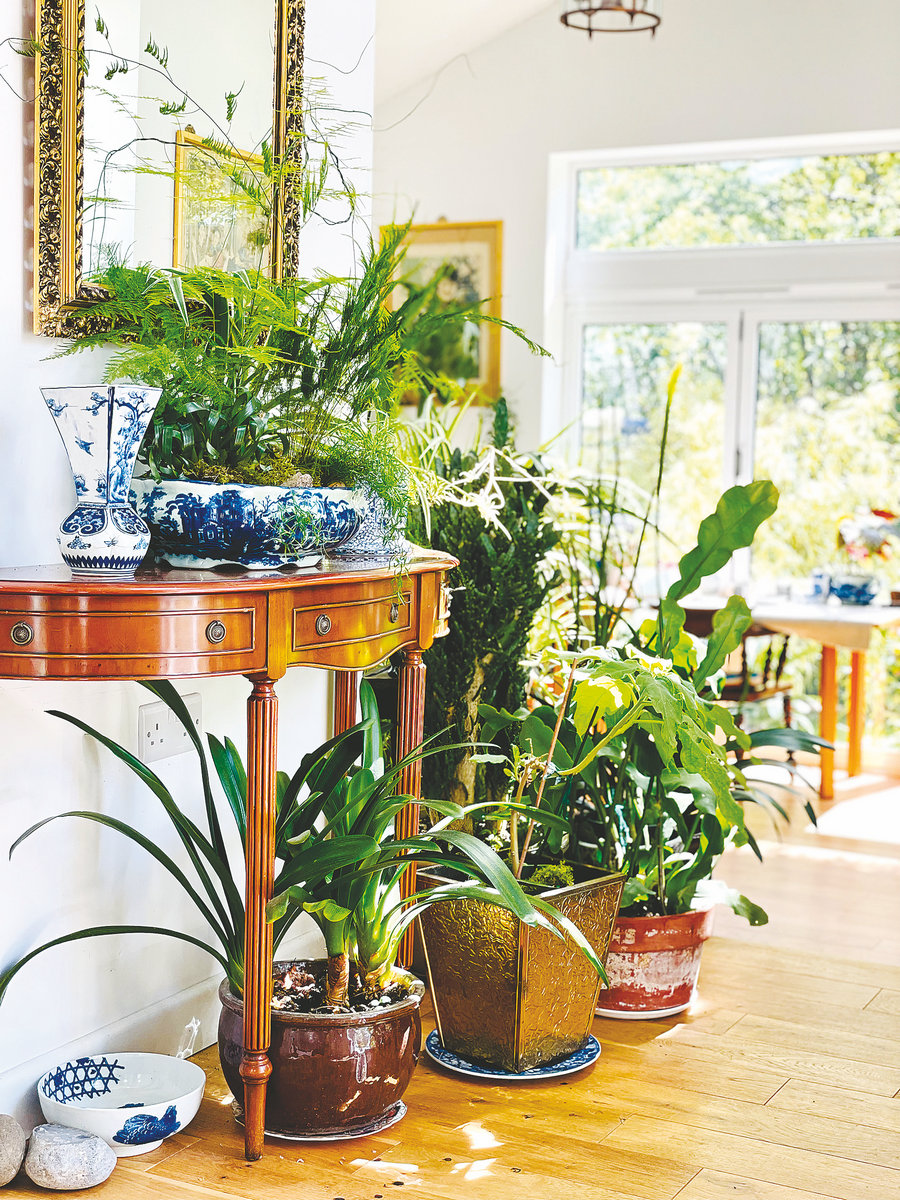

Chinese roots
When pieces of paper of the same color are stacked together, the overlapping parts become darker. By following this technique, sheets of blue paper can, for example, vividly represent a pair of jeans. To add additional detail, Yu applies pencil, accentuating features, such as the folds in the fabric. That combination of paper-cutting and pencil drawing has formed Yu's unique style and is present in many of her works.
As a traditional Chinese art form, paper-cutting dates back around 2,000 years, to when Cai Lun, an official in the Eastern Han Dynasty (25-220), improved paper making techniques.
By combining scissors and symbolic red paper, early Chinese paper-cutters were able to display a wide range of patterns, from a single image to symmetrical designs. Common motifs throughout time have included representations of harvests, animals, and mythical stories, which express Chinese people's gratitude for a good life, or hope for the future.
The art form requires skill to carve a simple piece of paper into an expressive scene, but the more Yu does it, the more inspired she feels. Whether she overlaps the paper, folds the pieces in half, carves the sheets, or adds pencil drawing later, her persistent practice often ends in new ideas.
Yu says she now enjoys playing with her tools, and she values the fact that paper-cutting has come to embody her cultural background as a Chinese person.
She grew up near a bamboo forest in East China's Jiangsu province but has been away from her hometown for 35 years. Despite that, Yu feels her bonds with China remain deep. "My roots are in China, and Chinese art always inspires me," she says.
In Shu Lin's Grandpa, which tells the story of a girl who overcomes cultural differences and gains friendship after changing schools, a Chinese landscape painting was deliberately designed by Yu as the key to breaking the barriers the girl faced. In the book, students work together on an ink-wash painting, and while Shu Lin can use her brush freely, her friends only make a mess of the painting. With her help, the children grow to like their shy Chinese classmate.
"I would like to promote this particular form of Chinese art to my foreign young readers. Chinese landscape paintings allow for further imagination, as the artists won't depict the grand view in fine detail. So, when children go on a vacation in the Lake District, they may link the scenery there with the painting in Shu Lin's Grandpa. After all, mountains and rivers could exist in every country. Children may even choose to travel or study in China because of this picture when they grow up," Yu says.